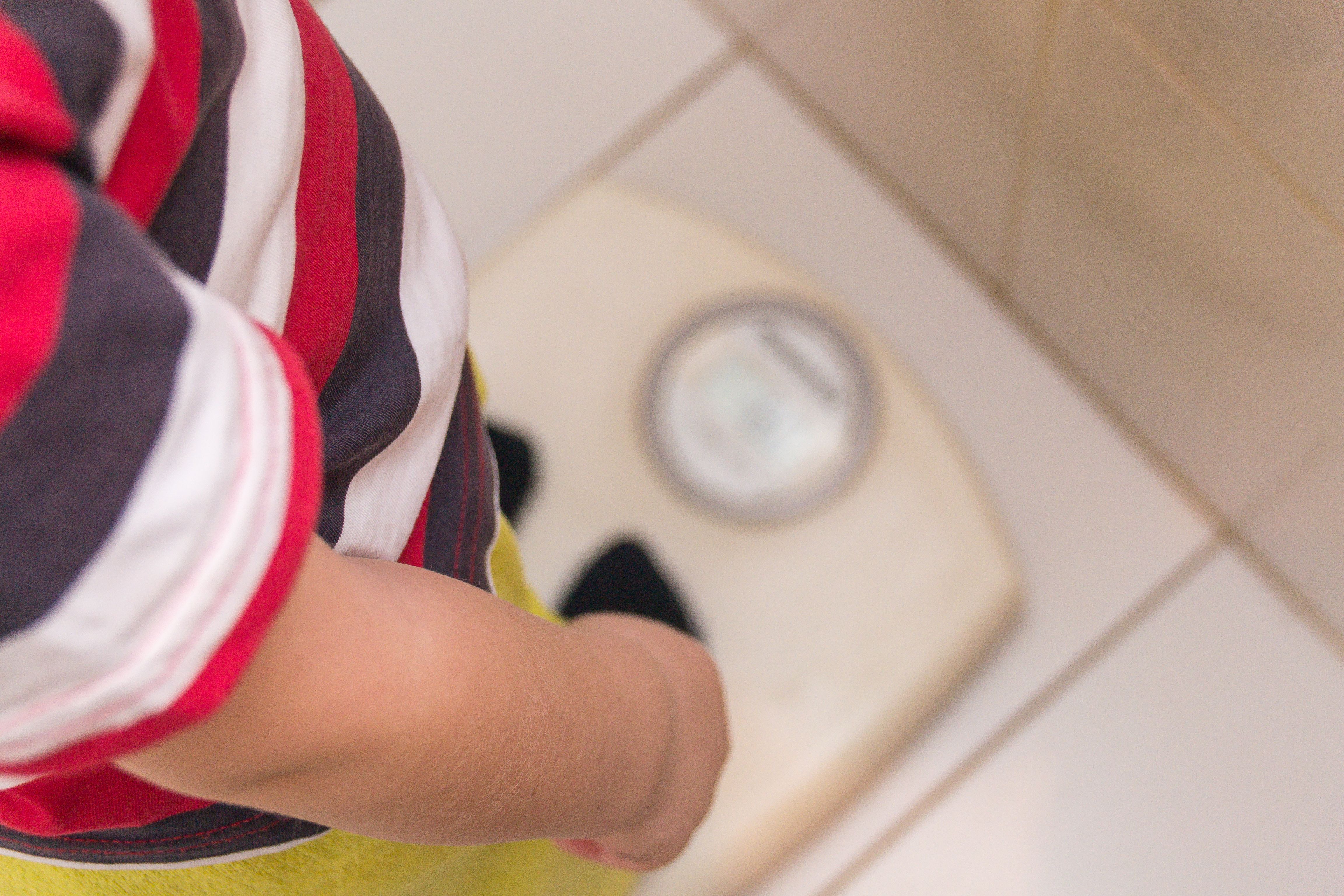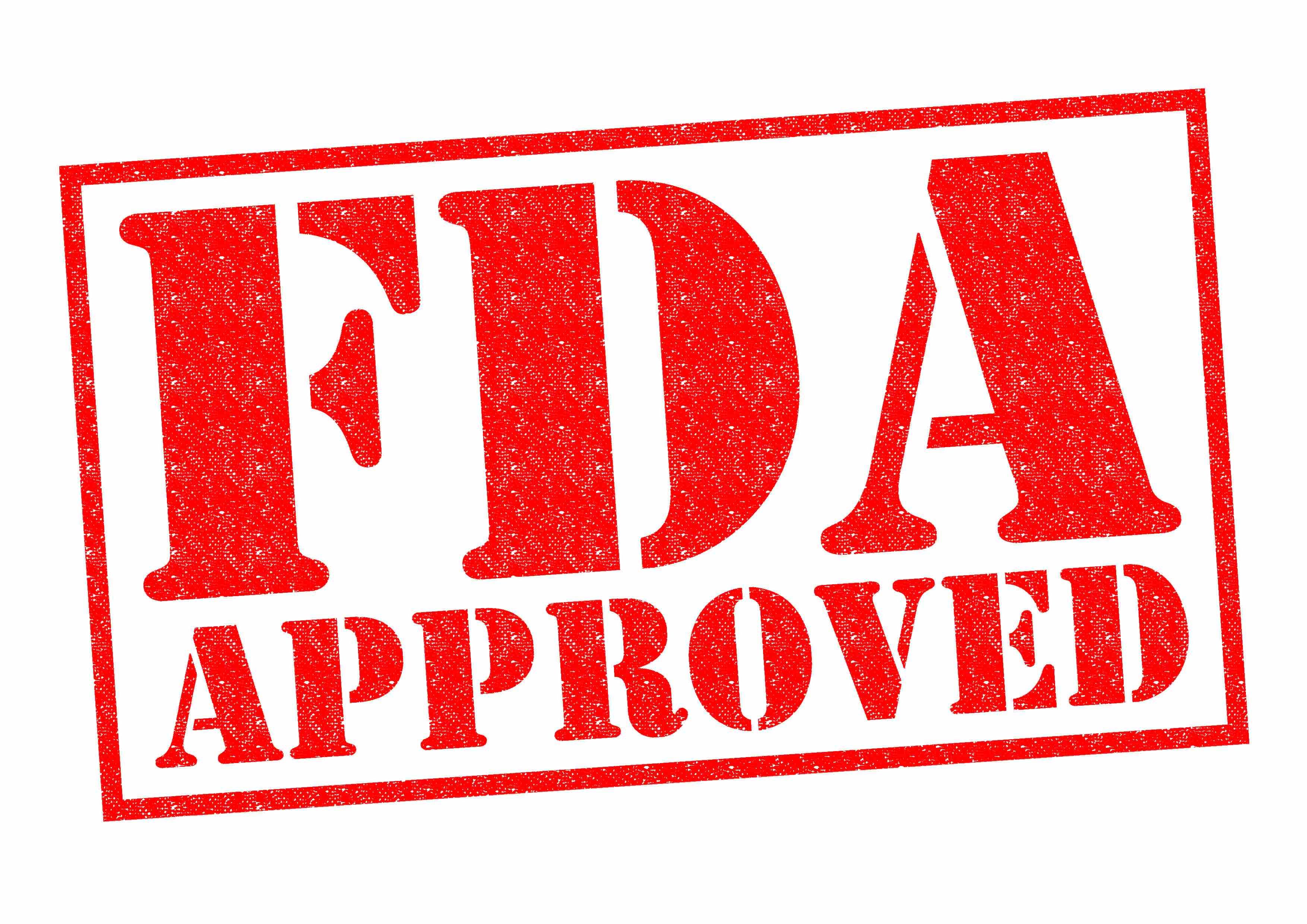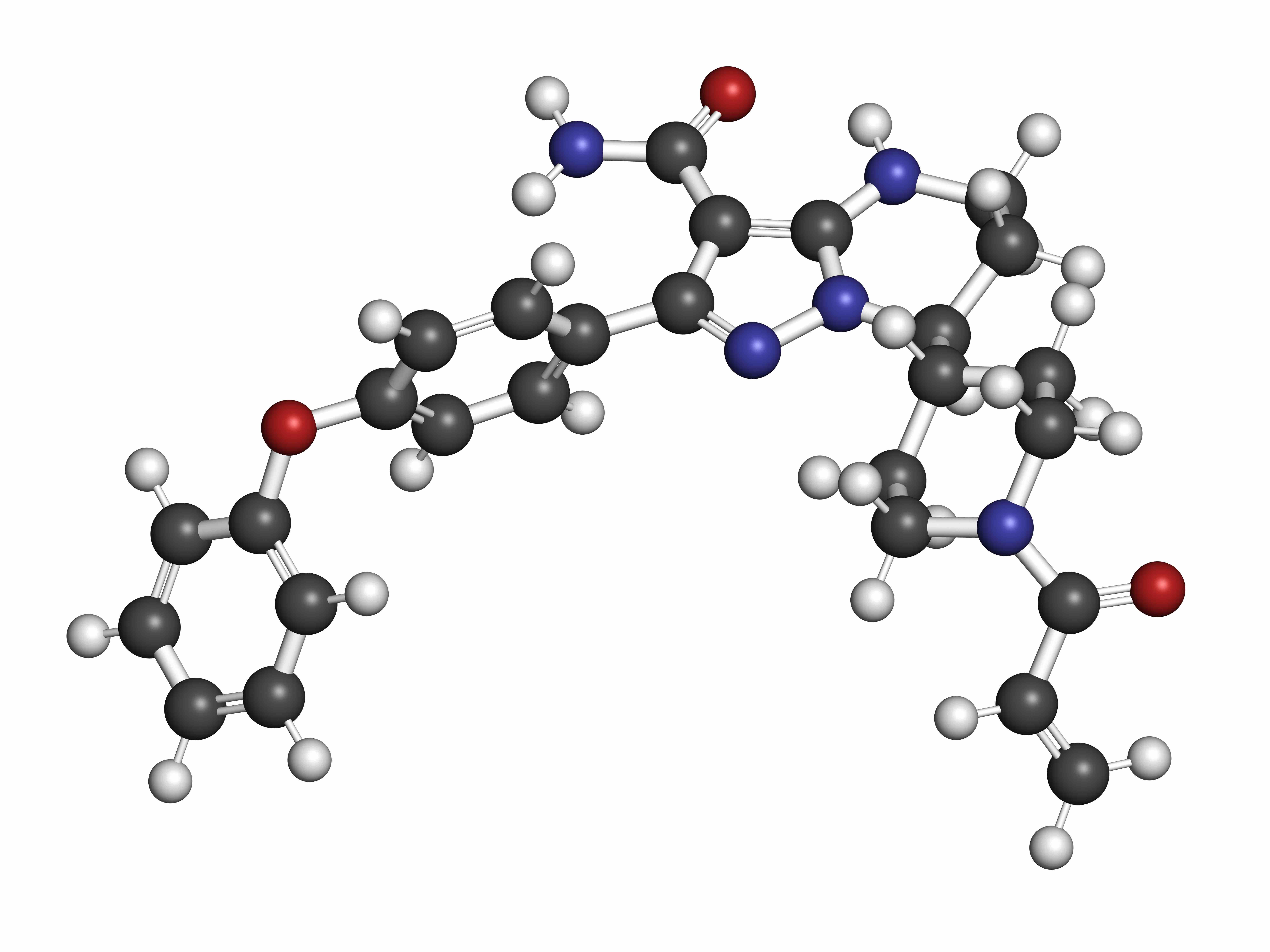Article
2 Types of Rituximab Combinations Effective in Transplant-Eligible Patients With Mantle Cell Lymphoma
Author(s):
A new pooled analysis of rituximab/bendamustine and rituximab/cytarabine in transplant-eligible patients with mantle cell lymphoma (MCL) finds it leads to durable positive results in most patients.
Rituximab/bendamustine and rituximab/cytarabine induction therapy followed by autologous stem-cell transplant (ASCT) is well-tolerated and leads to high rates of durable remissions, according to a new study of patients with mantle cell lymphoma (MCL).
A growing body of research has suggested that novel induction regimens followed by ASCT can improve outcomes in treatment-eligible patients with MCL. However, a team of investigators from multiple institutions wanted to get a better understanding of the efficacy and long-term success rate of rituximab/bendamustine and rituximab/cytarabine (RB/RC) specifically. To do so, they conducted a pooled analysis of patients in separate phase 2 trials at Dana-Farber Cancer Institute (DFCI), in Boston, and Washington University, in St. Louis, as well as a retrospective series of transplant-eligible MCL patients who received RB/RC as an off-trial, first-line therapy at DFCI. The investigators also performed minimal residual disease (MRD) testing in a subset of patients. Altogether, 88 patients were involved in the study, which was published in Blood Advances.
The analysis showed that 92% of patients completed induction, and 84% underwent planned consolidative ASCT. The most common grade 3 or 4 adverse events among the patients was lymphopenia (88%), thrombocytopenia (85%), and neutropenia (83%). There were no treatment-related deaths.
The therapy had an end-of-induction overall response rate of 97% and a complete response rate of 90%. After 33 months, 83% achieved 3-year progression-free survival, and the overall survival rate was 92%. MRD occurred in just 1 patient after ASCT. The patient subsequently relapsed.
Corresponding author Eric Jacobsen, MD, of DFCI, and colleagues, wrote that the therapy was generally well-tolerated, and the RB/RC induction therapy did not impair the successful collection of autologous stem cells, though some patients experienced delayed platelet recovery after ASCT, especially patients who received 3 g/m2 cytarabine and/or alternating cycles of RB/RC.
“Since neither higher cytarabine doses nor alternating cycles of RB/RC were associated with improvement in response rates or PFS, we would recommend sequential cycles of RB/RC with 2 g/m2 doses of cytarabine for clinical practice for future trials that adopt this regiment,” Jacobsen and colleagues wrote.
While acknowledging that pooling of clinical trial patients with off-trial patients can lead to potential issues, such as selection bias, Jacobsen and colleagues note that the overall 3-year progression-free survival rate of 83% compares favorably with cytarabine-based induction regimens. They also write that the fact that roughly half of the patients in the study took the RB/RC therapy off-trial suggests that it will perform well in a real-world clinical setting.
“These patients had low rates of treatment discontinuation due to toxicity and achieved similarly durable remissions, suggesting that RB/RC is an effective choice of induction therapy for transplant-eligible patients outside of a clinical trial,” they write.
Jacobsen and colleagues say the use of MRD as a primary endpoint is becoming more and more common, as is the use of MRD measurement as a tool for tailoring the frontline treatment. In the study, the authors found that IgNGS (ClonoSeq) was feasible for most patients.
“While additional events and longer follow-up are necessary, our results suggest that IgNGS could be a useful tool for tracking MRD following ASCT and predicting impending recurrence,” they write.
Reference
Merryman RW, Edwin N, Redd R, et al. Rituximab/bendamustine and rituximab/cytarabine induction therapy for transplant-eligible mantle cell lymphoma. Blood Adv 2020;4 (5): 858—867. doi: 10.1182/bloodadvances.2019001355.




